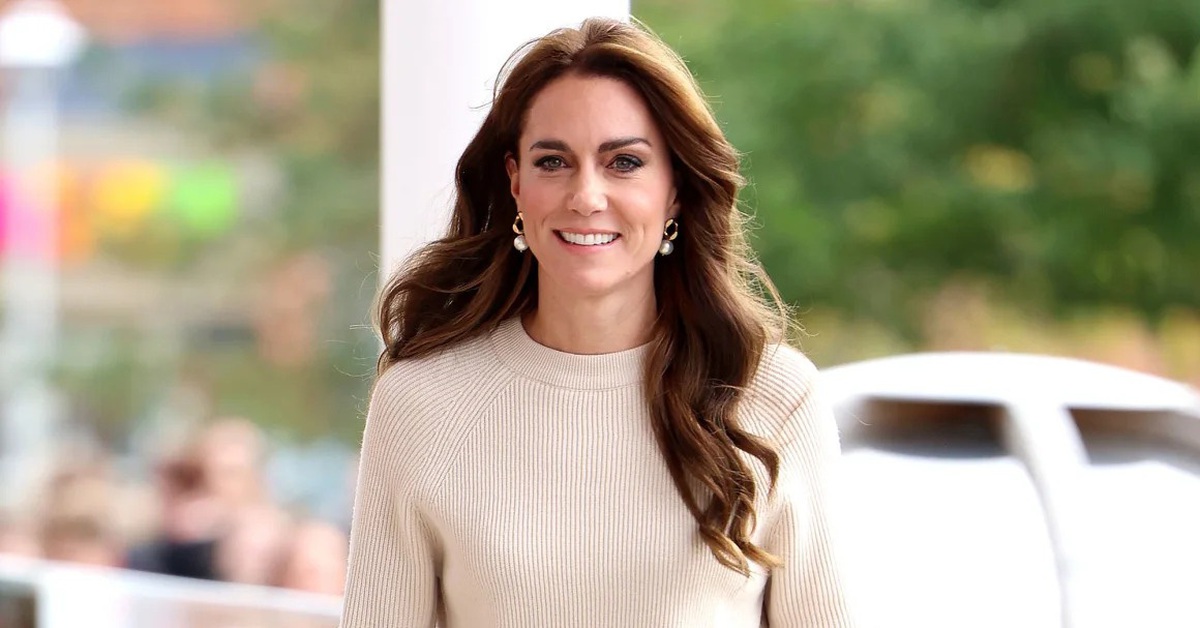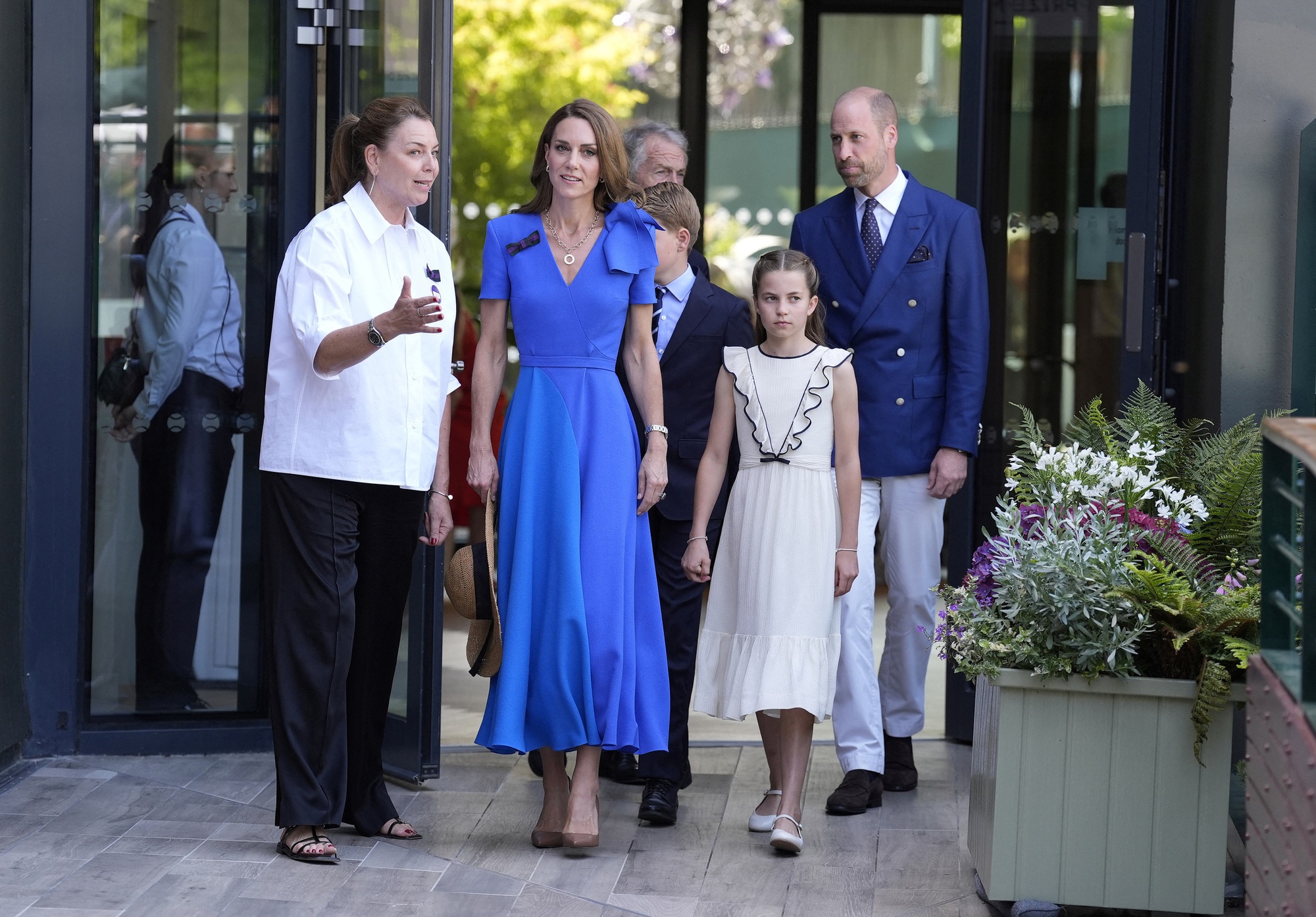The British Royal Family has always been a beacon of continuity and resilience, navigating personal and public challenges under intense scrutiny. In 2025, few stories have captured the public’s heart as profoundly as the Princess of Wales, Catherine, and her journey through a cancer diagnosis and recovery. Her triumphant return to public life, marked by her appearance at Wimbledon in July 2025, has been a testament to her strength and dedication to her royal duties. A palace source described her recovery, noting, “Princess Catherine has been recuperating behind the scenes, engaging in activities like ballet and nature walks” (Fox News, 2025). This article explores Kate’s health journey, her return to the public eye, and the significance of her actions for the monarchy and its admirers.
In February 2024, Kensington Palace announced that the Princess of Wales had been diagnosed with cancer following abdominal surgery initially thought to be for a non-cancerous condition. The news shocked royal watchers worldwide, coming shortly after King Charles III’s own cancer diagnosis. Kate’s decision to step back from public duties to focus on her treatment was met with an outpouring of support, but also sparked speculation and rumors, particularly on social media platforms like X. Her absence fueled wild theories, from health conspiracies to personal scandals, which the palace struggled to quell. In a rare personal video message, Kate addressed the public, asking for “time, space, and privacy” to focus on her recovery—a poignant action that underscored her vulnerability and resolve.

The action of releasing this video was significant, not only for its rarity but for its humanizing effect. Unlike the traditionally stoic approach of the monarchy, Kate’s candid address connected with people on a personal level, reflecting a modern evolution of royal communication. Her words resonated with those facing similar health challenges, reinforcing her role as a relatable figure despite her elevated status. The video also served as a strategic move to counter rampant misinformation, a recurring issue for the royals in the digital age, as seen in the 2024 controversy over a digitally altered family photo that led to its withdrawal by major news agencies.
Kate’s return to public life at Wimbledon in July 2025 was a carefully chosen moment, reflecting her lifelong passion for tennis and her role as patron of the All England Lawn Tennis and Croquet Club. Her appearance, radiant and composed, was met with a standing ovation from the crowd, a moment that symbolized not just her personal triumph but the public’s affection for her. She presented the men’s singles trophy to Carlos Alcaraz, a gesture that highlighted her commitment to her duties despite her health challenges. This action, coupled with her statement about recuperating through ballet and nature walks, painted a picture of a woman reclaiming her strength through activities that nurture both body and mind.

The significance of Kate’s recovery extends beyond her personal journey. As a senior working royal, she is a cornerstone of the monarchy’s public-facing operations, particularly at a time when the number of active royals has dwindled. The 2024-2025 sovereign grant report noted a significant drop in public engagements due to the health issues of both Kate and King Charles, with the royal family completing fewer than 2,000 engagements compared to previous years. Kate’s return, therefore, is not just a personal milestone but a boost to the monarchy’s visibility and stability. Her presence at Wimbledon, alongside her sister Pippa Middleton and female players like Barbora Krejčíková, signaled a return to normalcy for the institution.
Public and media reactions to Kate’s reappearance have been overwhelmingly positive, with outlets like People and The New York Times praising her grace and resilience. On X, posts celebrated her return, with users calling her “an inspiration” and “a true role model.” However, the earlier months of her absence highlighted the challenges of managing public perception in the social media era. Rumors about her health, including unfounded claims of cosmetic surgery or marital issues, underscored the pressure on royals to maintain a perfect image. Kate’s decision to address these indirectly through her video and carefully timed reappearance demonstrates a strategic approach to balancing transparency with privacy.
The broader implications of Kate’s recovery touch on the monarchy’s future. As the wife of Prince William, the heir to the throne, and mother to Prince George, Princess Charlotte, and Prince Louis, Kate is central to the next generation of royals. Her ability to resume duties, even gradually, reassures the public of the monarchy’s continuity, especially amid concerns about the “slimmed-down” royal family’s capacity to fulfill its obligations. Her focus on early childhood development, through initiatives like the Royal Foundation Centre for Early Childhood, remains a priority, with plans to resume related engagements later in 2025, according to CNN. This work, which she has championed for years, reflects her commitment to long-term societal impact, even during personal adversity.

Challenges remain, however, as Kate navigates her recovery while managing public expectations. The palace has emphasized a gradual return, with no fixed timeline, indicating a cautious approach to her health. This strategy contrasts with the intense public demand for her presence, particularly at high-profile events like Trooping the Colour, where her appearance in June 2025 was a surprise to many. Her ability to balance these demands with her well-being will be critical, especially as she supports Prince William, who has taken on additional responsibilities during King Charles’ treatment.
Kate’s journey also highlights the human side of the monarchy, a theme that resonates in 2025 as the royal family faces multiple challenges, from health crises to public scrutiny. Her resilience mirrors that of King Charles, who has continued engagements despite his own diagnosis, and contrasts with the ongoing tensions with Prince Harry, whose reconciliation efforts remain uncertain. Kate’s role as a unifying figure, both within the family and for the public, is thus all the more vital.
In conclusion, Princess Kate’s return to public life after her cancer diagnosis is a powerful narrative of resilience and duty. Her action in addressing the public directly and her measured reappearance at Wimbledon reflect a modern royal navigating unprecedented challenges with grace. As she continues her recovery, supported by her family and the public’s goodwill, Kate’s story underscores the enduring strength of the monarchy—rooted not just in tradition, but in the personal triumphs of its members.

